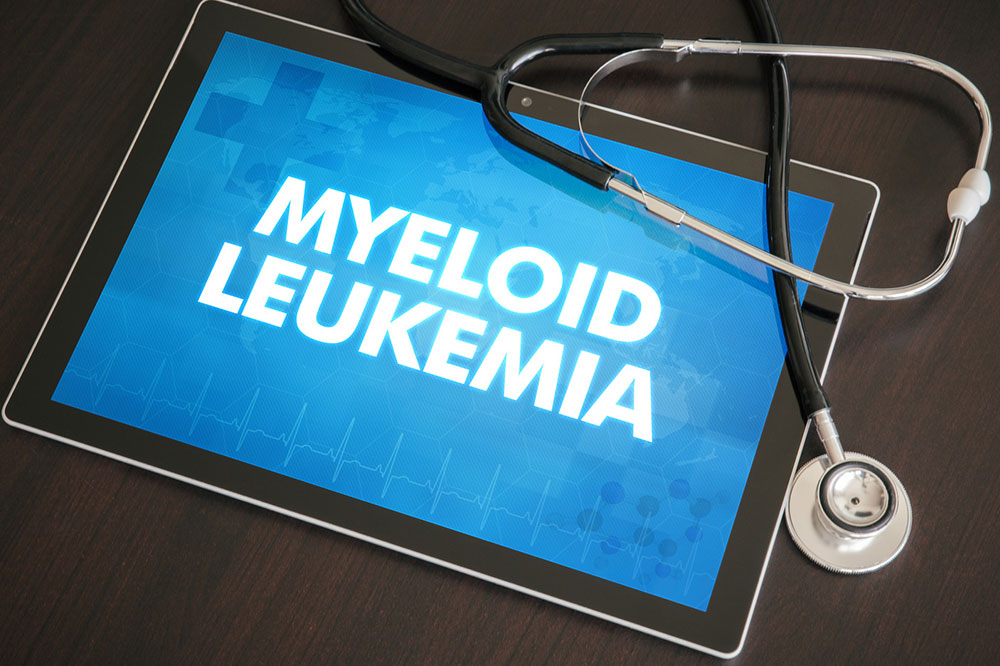Diagnosis and treatment of chronic myeloid leukemia

Chronic myeloid leukemia (CML), also sometimes called chronic myelogenous leukemia, is a type of leukemia that develops in the white blood cells (WBCs). The WBCs provide immunity to the body, helping fight illnesses and diseases. CML disrupts the formation and functioning of these cells, leading to the formation of immature WBCs, which grow uncontrollably and affect the number of other blood cells.
According to estimates by the American Cancer Society, 9,110 people will be diagnosed with CML in 2021, with about 1,220 people losing their lives to it. So it is a serious condition that requires attention as soon as symptoms, such as bone pain, weakness, and night sweats, set in.
Diagnosis of CML
Early diagnosis of CML is crucial for reducing the risk of death. Here’s how the doctor diagnoses the condition.
- Physical evaluation
The doctor will first examine what kind of symptoms one has and whether they are consistent with those of CML. He/she may check their vitals and also test whether the spleen and abdomen have enlarged.
- Blood tests
Since CML causes a spike in the number of WBCs, a simple blood test can reveal whether or not one has CML.
- Bone marrow aspiration and biopsy
Different parts of the bone marrow are evaluated in these tests. They’re fairly simple and can be done in the doctor’s office as well.
Treatment of CML
Once CML has been positively diagnosed, the doctor may choose any of the following treatment methods.
- Chemotherapy
This is the most common way to treat cancerous cells. Specific medications used in this method travel through the bloodstream and kill the cells that cause CML.
- Bone marrow transplant
In this procedure, cancerous cells causing CML are first killed using chemotherapy. Then, healthy cells from a donor are infused into the body, which grows with time and replaces the old cells. A bone marrow transplant isn’t for everyone, though, as it can lead to serious complications.
- Targeted therapies
This treatment method is somewhat similar to chemotherapy, with the exception that only a certain protein, tyrosine kinase, is targeted and killed in this procedure. Medications such as Ponatinib (Iclusig) and Dasatinib (Sprycel) are used in this method.








